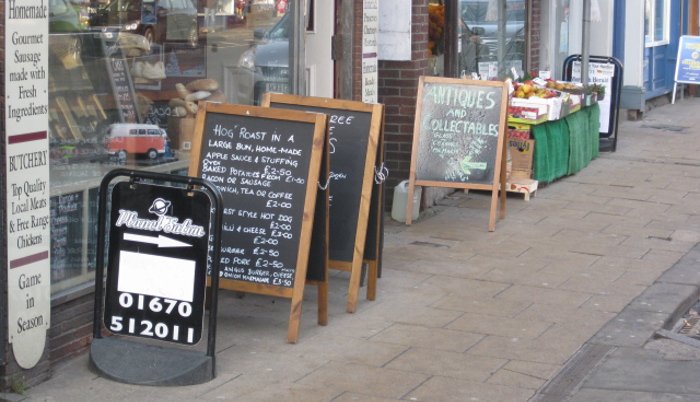RNIB backs Cut the Clutter campaign
From 12 July, we’re supporting a week of action against street clutter, launched by Living Streets.

Street clutter can make it hazardous for people to get around as it clogs up our pavements. A-boards, wheelie bins, street furniture and parked cars are just some of the obstacles on our pavements, with new obstructions like dockless bicycles adding to the problem. Unnecessary obstructions like these are especially problematic for disabled people, people pushing buggies and older people.
Inaccessible streets have an impact
We know the impact obstructions can have on the ability of blind and partially sighted people to get around safely and with confidence. For example, our 2015 “Who put that there!” report highlighted that 95 per cent of blind and partially sighted people had reported colliding with an obstacle in their local neighbourhood, over a three-month period.
Cut the Clutter week of action
This week, Living Streets is asking people to share experiences and take action. You can post your examples, photos and videos of local street clutter on social media, and include the hashtag #CutTheClutter. And you can download the Living Streets toolkit on how to take action, such as contacting your local council and urging it to clear street clutter.
Call for equal access to footways
Meanwhile, disability charity Transport for All has launched its “Equal Pavement Pledge”, outlining seven immediate and simple steps local councils can take to remove the barriers that disabled people face when using footways. The pledge has already been signed by Westminster City Council, and we support Transport for All’s call for all local councils to take the pledge and commit to accessible streets.
We have a range of RNIB resources for blind and partially sighted people, including guidance on how to raise different types of street obstructions with local councils. You can download these from our Inclusive Journeys campaign page.







